As a native New Yorker, I have a genetic predisposition to reject all shiny brochures offering packaged deals of top tourist attractions for a flat fee. Skip the lines to see the Empire State Building AND the World Trade Center AND the Statue of Liberty — all for $199! A “real” traveler would know to visit these places at off-peak times, out of season, to avoid the lines and save money. A “real” traveler wouldn’t spend their precious time in New York City visiting the top of the Empire State Building at all.
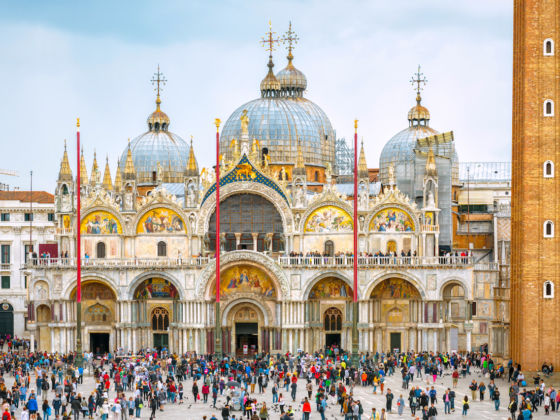

Skip-the-Line Tours in Europe Are Completely Worth It, Even if You’re a Travel Pro
This pretentious attitude has carried with me in my travels. I’ve forgone the Guinness Storehouse in Dublin, passed on Edinburgh Castle, and spent two years living in San Francisco without ever visiting Alcatraz. It took me 21 years to go to the top of the Empire State Building, where I finally started to understand that, sometimes, tourist attractions are worth the hype and the money, and that people don’t always have the freedom or desire to plan a trip in the dead of February just to avoid lines.
So when planning a trip to Italy’s top tourist cities, Venice and Rome, with my sister this past September, I fought the urge to look over St. Mark’s Basilica, a gondola ride, the Vatican, the Colosseum, and the Roman Forum in favor of something more “local” or affordable. Going against my usual instincts, I booked three skip-the-line tours to all of those attractions through the most popular outfitter, City Wonders.
Here’s everything you need to know about booking a skip-the-line tour in Europe, from what to expect to whether these tours actually save you time — and why these uber-touristy experiences are worth it, even if you’re a travel pro.
Why book with City Wonders

Photo: V_E/Shutterstock
City Wonders started in 2004 with one tour, the Dark Heart of Rome, which is still in operation today and one of the company’s most frequently sold-out circuits. It takes tourists through Rome’s lesser-known historical sites at night, regaling tales of murders, executions, and ghosts. The fact that this quirky tour was the first one developed by City Wonders speaks to the ethos of the company — that its guides are first and foremost storytellers. Every tour covers the historical background of the attractions, but it also includes lesser-known, colorful stories about the people who roamed these sites back in their early days.
City Wonders has gone on to create experiences throughout Italy’s most popular cities, including Florence, Venice, Milan, Pompeii, and the Amalfi coast, with a few less-expected excursions to places like Burano, Siena, and Lake Como. It has also started expanding to other major cities in Western Europe: London, Barcelona, and Paris, with additional day trips in the same vein as Italy’s to places like Bath, Montserrat, and the Loire Valley
The majority of these tours are straightforward in structure, and they’re by no means “under-the-radar,” but they do come with a powerful seal of approval. In 2019, the classic Vatican Museum, Sistine Chapel, and St. Peter’s Basilica tour was voted the number one experience worldwide in TripAdvisor’s Travelers’ Choice Awards. So while you’re sure to find other skip-the-line tour companies, perhaps at a cheaper rate or with a smaller group, an excursion with City Wonders is guaranteed to be of the highest quality possible.
What to expect

Photo: RPBaiao/Shutterstock
Tours range from around $25 to $300, depending on group size and level of exclusivity of the experience — with some all-inclusive private day trips costing over $1,000. The most basic skip-the-line tours of top attractions should only run you between $50 to $100, and should be booked well in advance online, especially during peak seasons. Tours leave promptly at the designated meeting time, and due to the nature of the special entry times and skipping the line, there are no exceptions for being late.
Tours aren’t intimate, but they aren’t at the level of cruise ship excursions either. Group size for the average tour shouldn’t surpass 20. The average age of the tour group skews a little older, but younger travelers won’t feel out of place. Thankfully, you won’t have to listen to the tour through a megaphone, as each tourist is equipped with a small headset set to a radio frequency so you can hear your guide speak (at a normal volume) even if you stray a little to grab a photo or rest your legs. Somewhat embarrassingly, you will shuffle behind a flag, but in locations as crowded as the Colosseum, it’s a necessity.
Like any group tour, you run the risk of having “that guy” ruin your experience by asking a hundred questions or lagging to take a dozen photos of each and every ancient rock. But the City Wonders tour guides must be trained in dealing with these more difficult tourists, because they’re usually able to smoothly encourage them to keep moving without too much resistance. And if the incessant questions become too much to bear, you can always take your headphones out for a few minutes.
Tours last exactly as long as they say they’re going to, with no significant breaks. Note that certain circumstances aren’t up to the tour guide’s control, so don’t be a jerk or demand a refund if not everything goes to plan. On our tour of the Vatican, we couldn’t enter St. Peter’s Basilica because the Pope was in town and holding a service. But that meant we got to spend more time in the museums than groups typically would.
Gratuities aren’t mandatory, but the guides work hard and deserve a little something for their efforts. Come prepared with small bills, because there won’t be time to scramble to an ATM before the group disperses.
Yes, you actually save a ton of time
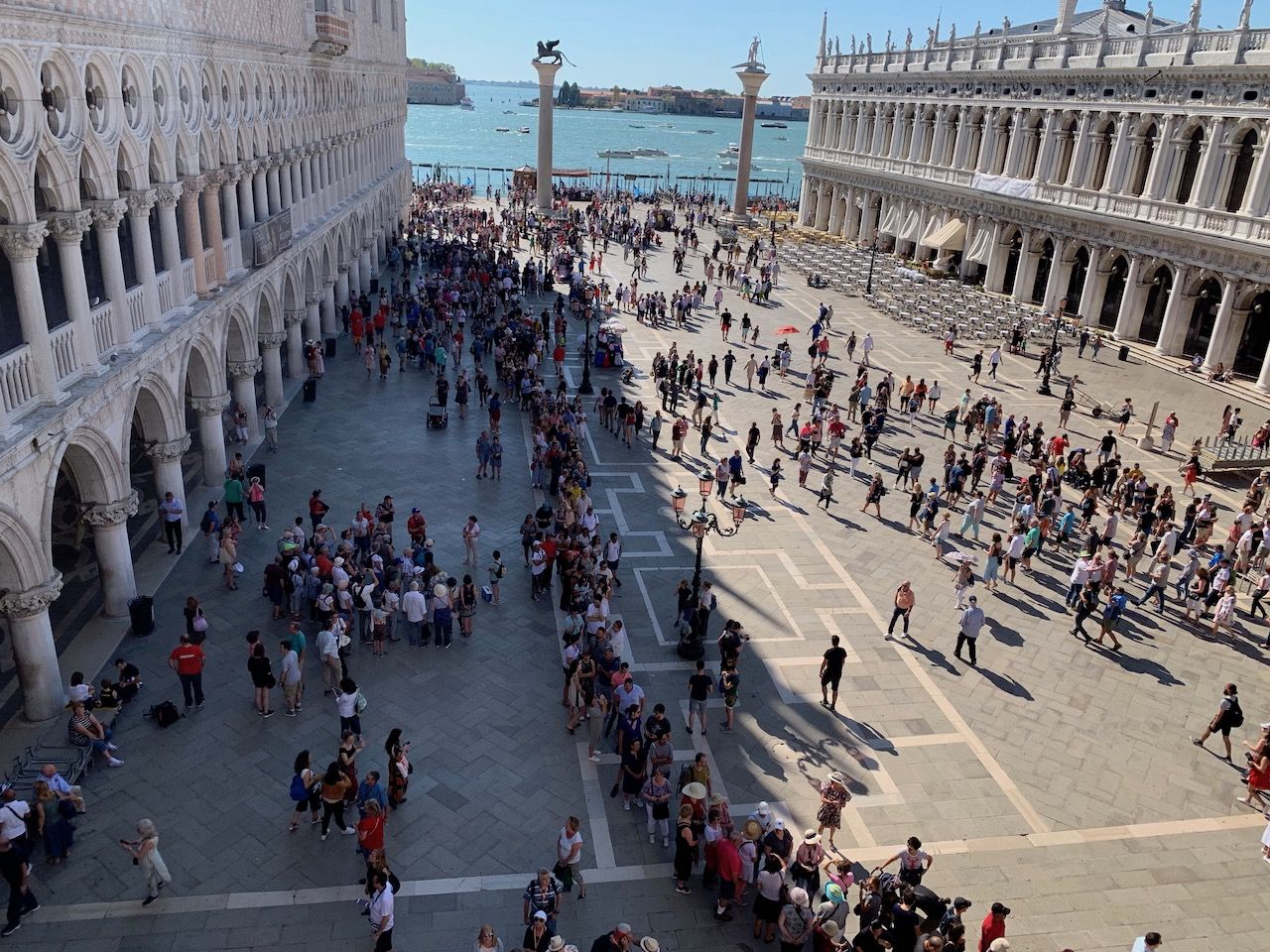
Photo: Laura Reilly
It’d be fair to assume that if everyone is booking a skip-the-line tour, then there’s no real line to skip. I did feel slightly bamboozled, waiting in a short line for 10 minutes behind a few other skip-the-line tour groups to enter St. Mark’s Basilica in Venice. But from the vantage point of the balcony overlooking the Palazzo Ducale, hundreds of tourists in a queue came into view, waiting at a separate entry point. They wrapped around the church, through the plaza, all the way to the waterline of the canal. They would be waiting at least two hours to enter the church — and it wasn’t even the high season.
If it had been July, and there had been a dozen cruise ships docked in the port, they could easily be waiting over four hours, unprotected from the summer sun. How much could an old church live up to your expectations after enduring those grueling conditions? How easy would it be to dismiss Venice entirely as being too crowded, too overrated, after your trip?
Without the fatigue and frustration of a long line, the lengthy pauses to explain the meaning behind the colors of the tilework or the history of the frescos wasn’t an endurance test, but an added layer to the experience.
If you’re not the type to ever agree to wait in a long line, being able to skip the line also guarantees you’ll actually be able to see the city’s most iconic attractions. The previous year, I’d passed on the Duomo in Florence because the line was too long. And despite promising ourselves that we’d return to the Vatican a few days later, we never saw the inside of St. Peter’s Basilica, deterred by the long lines.
Is it worth the money?
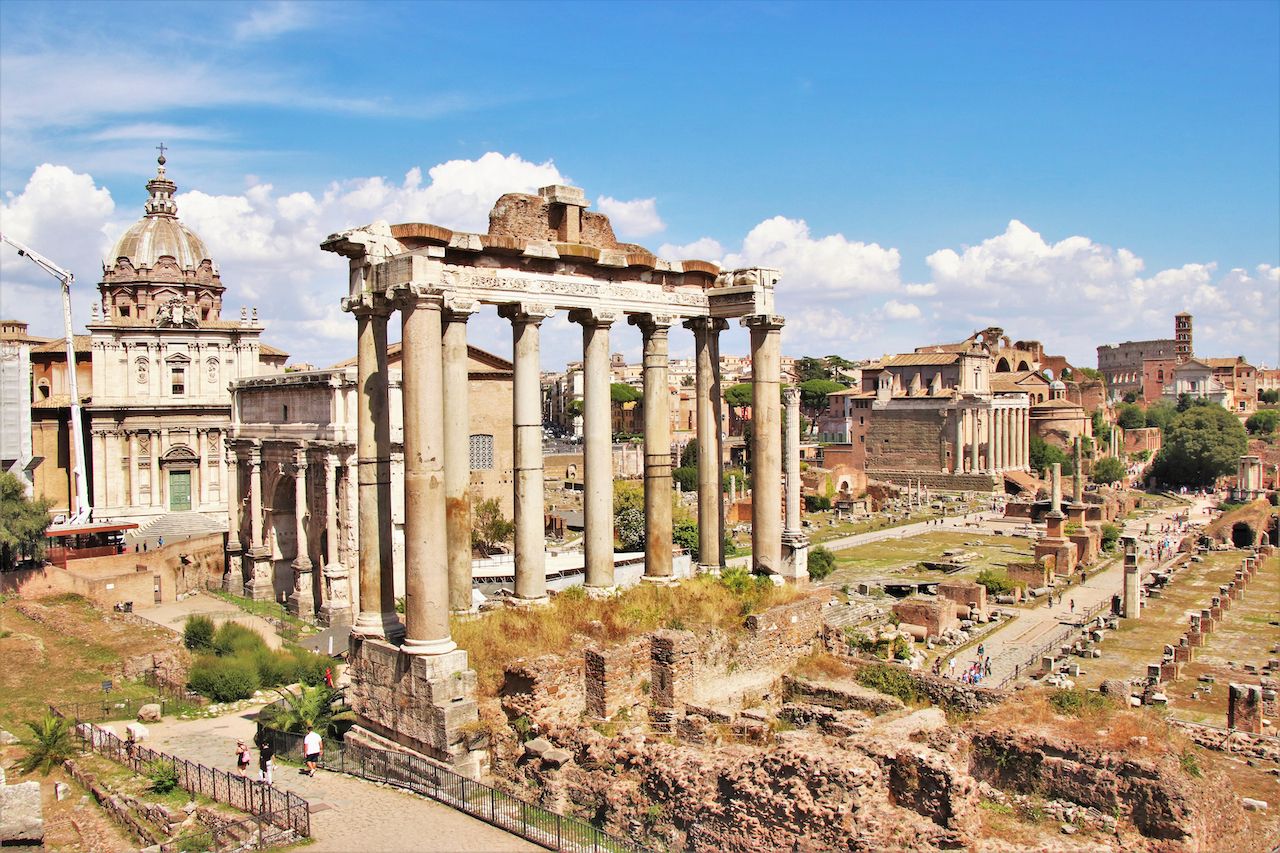
Photo: CathyRL/Shutterstock
Simply put, time is money. While many of these attractions have far cheaper entry fees if you were to go in solo, you’re paying to avoid spending your entire time in Rome in a line instead of digging into a pizza and relaxing with a bottle of wine. And perhaps if you aren’t so exhausted from standing in line for hours, you’ll opt to venture across the Tiber River to the bohemian neighborhood of Trastevere, instead of whatever mediocre, overpriced osteria is right outside your hotel. For visitors only in town for a few days, that time is invaluable.
You’re also paying for context. Few of us would take the time to actually listen to the entirety of a droning audio tour, or read every caption underneath a painting. The tour guides sum up the history, throw in a few fun facts, add a little character, and keep the tour moving at a clip. Unless you’re a seasoned historian, you probably won’t walk away from these iconic sites with much understanding of what makes them so important without a guide.
That said, know your limits. If you’ve never been interested in art in your life, a three-hour walk through the Uffizi Gallery isn’t going to change that just because the statue of David is famous. Don’t sign up for a tour just because you think you have to. After two hours spent learning about the Colosseum, I could have done without an additional hour explaining every ruin in the Roman Forum. But that’s because I’ve never been that interested in archaeology, whereas my degree in religious studies kept me entertained throughout the Vatican museums. You don’t have to see every famous site in one trip. If you jam-pack your short stay with a dozen back-to-back tours, you simply won’t be able to enjoy all of it — and might be left feeling like you’ve wasted both your money and your time.
You can also book unique experiences
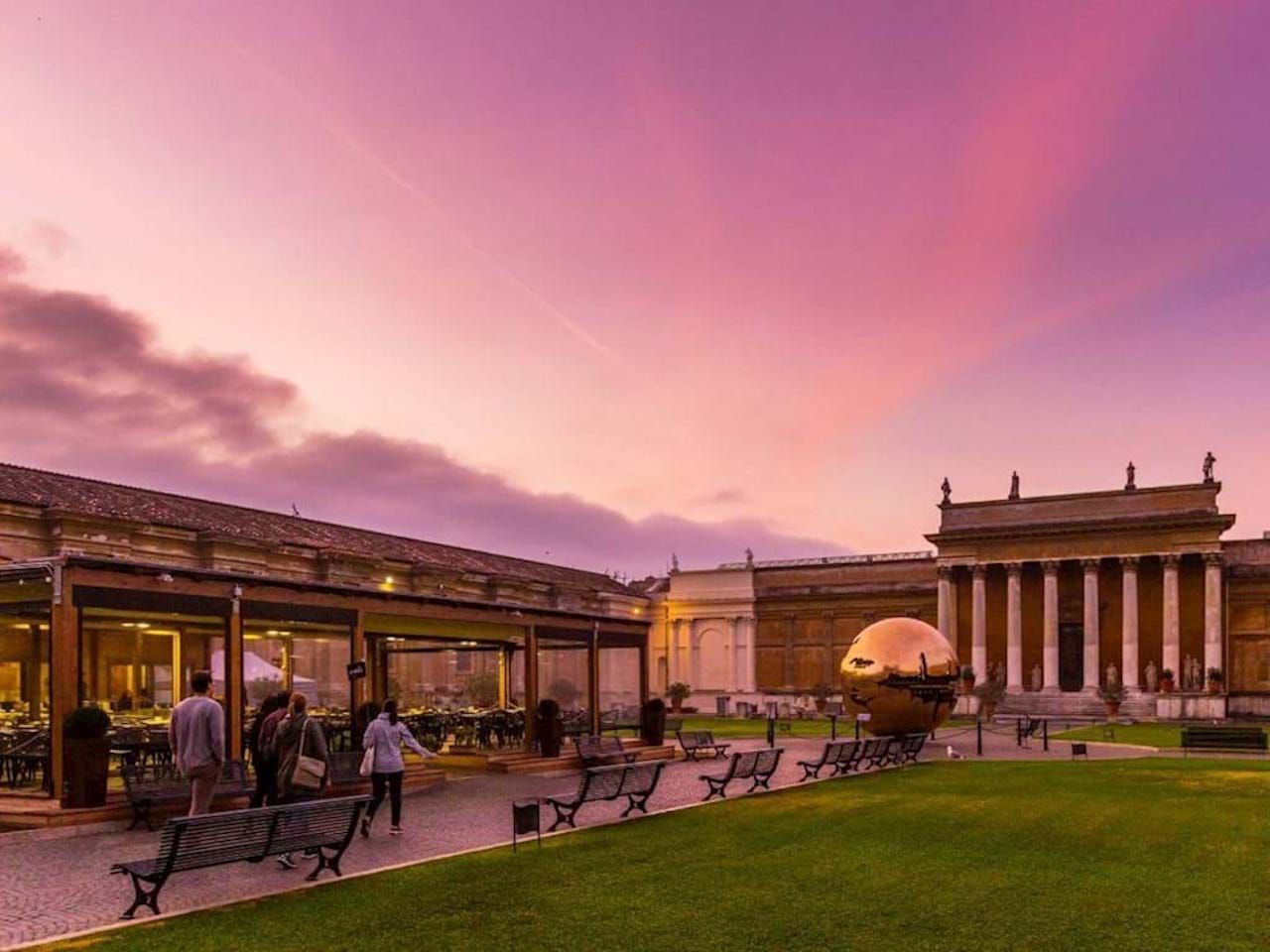
Photo: City Wonders
No one says you have to spend your few precious days in Italy traversing ancient ruins at all. The rise of Airbnb Experiences proves that travelers these days are increasingly interested in creating unique memories of a place, instead of grabbing that same selfie in front of the Leaning Tower of Pisa. City Wonders offers more immersive cultural experiences, oftentimes cheaper than you’ll find on Airbnb (though you should expect a significantly larger group than you would on an Airbnb Experience). Take a wine and cicchetti tasting tour of Venice’s Jewish ghetto. Tour the creepy crypts and catacombs of Rome. And if you absolutely must see the top tourist attractions of the city, consider splurging on a more exclusive activity. We booked a sunrise breakfast in the Vatican gardens, before continuing on to the same old tour of the museums and Sistine Chapel. Endless rooms of marble busts are considerably more tolerable with a short stack of Vatican pancakes in your belly.
Sometimes, it’s okay to just be a tourist
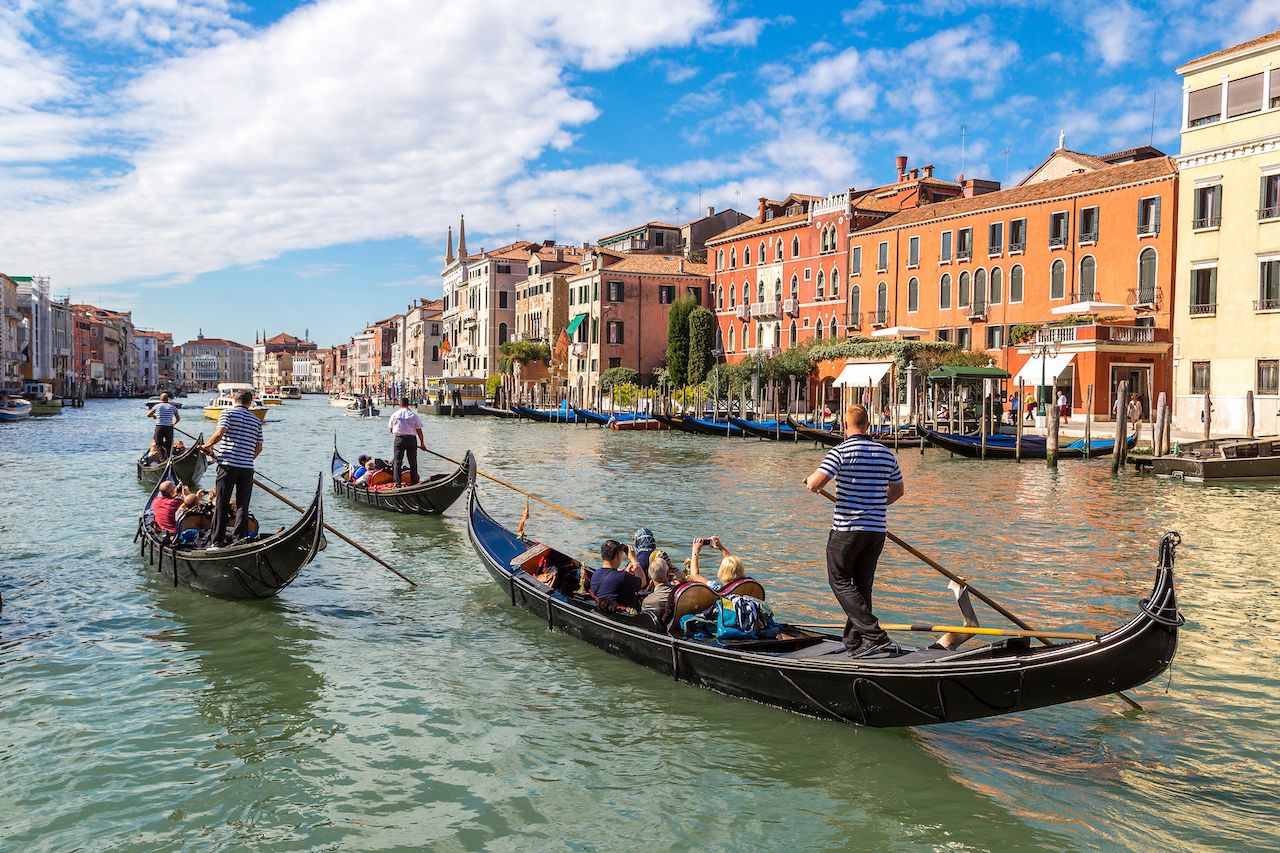
Photo: S-F/Shutterstock
We’re constantly told the right way to travel these days is to connect with locals, to seek out authentic experiences, to go on an adventure. We espouse it every day on this very website. So part of me felt ashamed of going to Venice at all, much less hopping into a gondola at the end of my walking tour. It’s cliché. It’s touristy. It’s everything I typically stand against as the editor of Matador Network.
But it’s also just plain fun. These sites and experiences became so popular they necessitate skipping a line for a reason. My sister and I spent a decent chunk of our gondola ride getting the perfect selfie, but now that photo comes up every time she calls me on the phone, and I’m reminded of a special afternoon spent giggling together on the Grand Canal, chatting with our handsome gondolier.
Skipping the line at these tourist attractions also gave us the time and energy to enjoy those quieter, more “local” moments, like introducing her to amaro at a tiny bar with only a few stools, and sharing a plate of cicchetti on the steps of a bridge in Cannaregio.
You’re not any less of a “real” traveler if you spend the day shuffling behind a flag with a lanyard around your neck and headphones in your ears. Travel should be whatever you want it to be. Sometimes that means mingling with the locals, sometimes that means posing like a gladiator in front of the Colosseum like everyone else — and that’s perfectly okay.